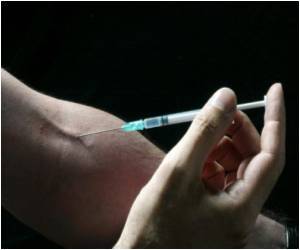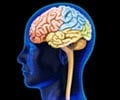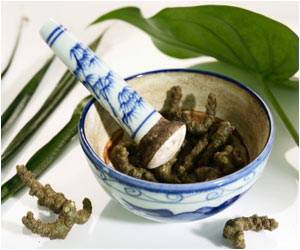To determine acupuncture's effect on how the brain processes pain, a pain stimulus was given to patients with and without acupuncture in a new research study.

"Until now, the role of acupuncture in the perception and processing of pain has been controversial," said lead researcher Nina Theysohn, M.D., from the Department of Diagnostic and Interventional Radiology and Neuroradiology at University Hospital in Essen, Germany. "Functional MRI gives us the opportunity to directly observe areas of the brain that are activated during pain perception and see the variances that occur with acupuncture."
fMRI measures the tiny metabolic changes that take place in an active part of the brain, while a patient performs a task or is exposed to a specific external stimulus.
In the study, conducted in close collaboration with the Department of Complementary and Integrative Medicine at University of Duisburg-Essen, 18 healthy volunteers underwent fMRI while an electrical pain stimulus was attached to the left ankle. Acupuncture needles were then placed at three places on the right side, including between the toes, below the knee, and near the thumb. With the needles in place, fMRI was repeated while electrical currents were again directed at the left ankle. The researchers then compared the images and data obtained from the fMRI sessions with no acupuncture to those of the fMRI sessions with acupuncture.
"Activation of brain areas involved in pain perception was significantly reduced or modulated under acupuncture," Dr. Theysohn said.
Specifically, fMRI revealed significant activation in the contralateral supplementary motor area, somatosensory cortex, precuneus bilateral insula and ipsilateral somatomotor cortex during electrical pain stimulation without acupuncture. During acupuncture, activation in most of these pain-processing areas of the brain was significantly reduced.
Advertisement
The anterior insula, for example, plays a role in transforming pain sensation to cognition and represents a subjective component of pain sensation. The reduction in activation of the primary somatosensory cortex and the insula during acupuncture indicates an acupuncture-induced modulation of the sensory encoding of the painful stimulus.
Advertisement
Source-Eurekalert











